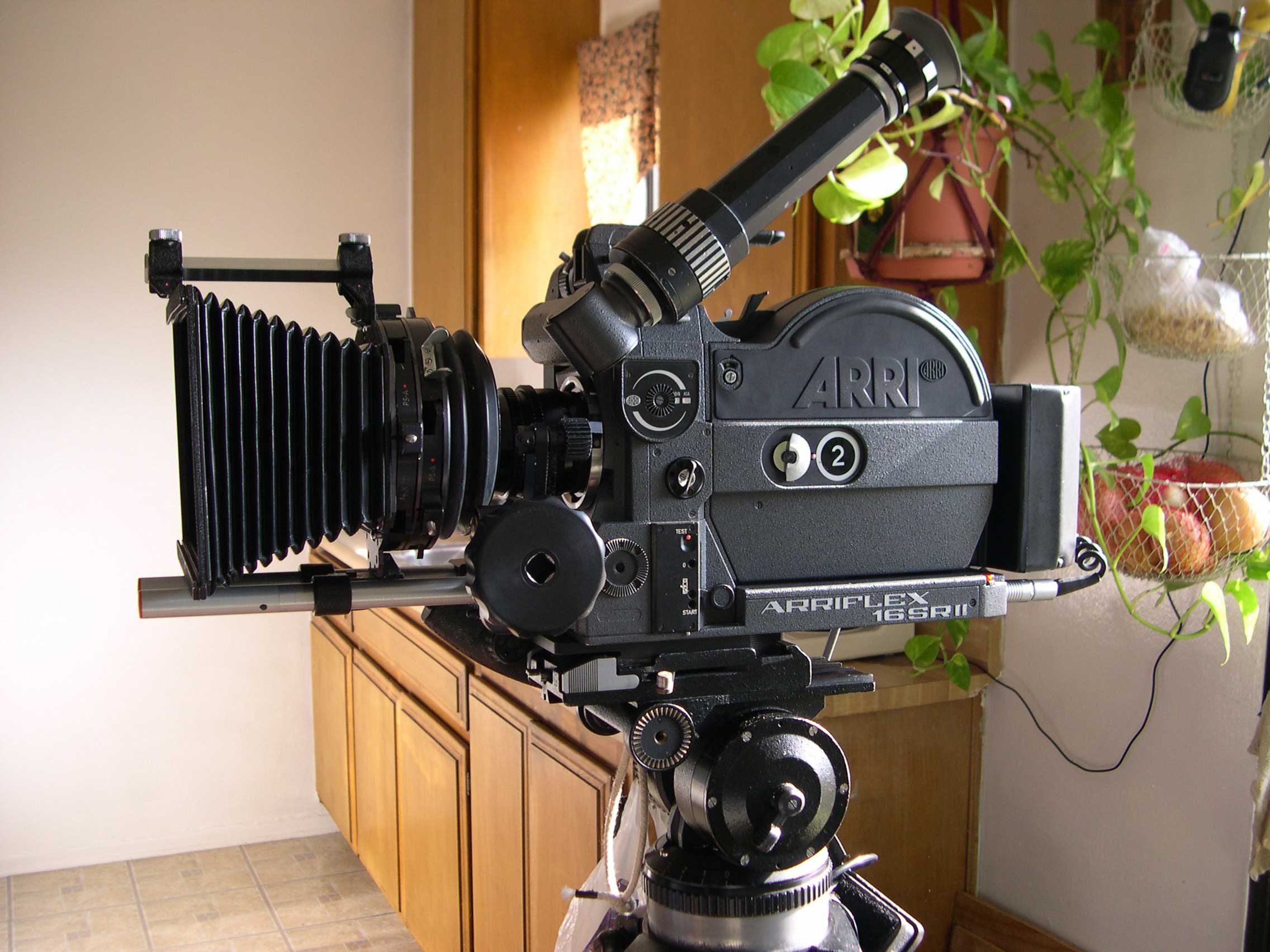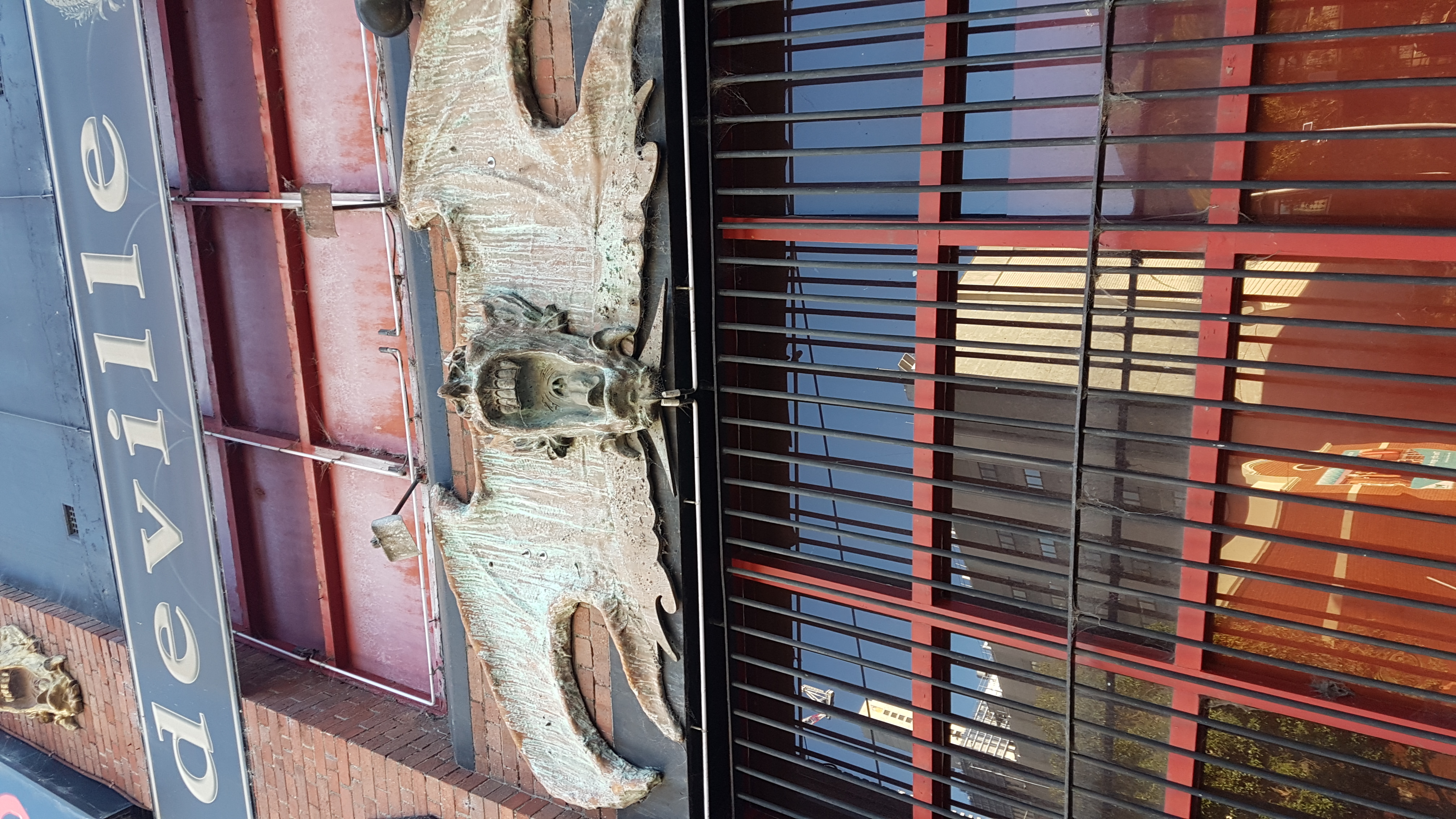For the End of Semester Presentation I was responsible for all of the behind the scenes photography which helped document our progress and development as a team, as well as provide the materials for all of our promotional posters/pictures, having staged character profiles.
However I found that my contributions, for the most part, lay elsewhere.
Throughout the production process of the webseries I saw myself take upon several roles in the group: prior to each shoot I would set up all the gear whilst others would either practice lines or go through out shot list and directing notes, which I would then join in on discussing. During the actual shoot I then enacted as the primary camera operator, occasionally operating the boom mic and directing and adapting shot composition. (sometimes at the same time). When not doing so, in between the takes, I would take up my time with behind the scenes footage/photography, as well as promotional photography.
Following the completion of the production process I offered help wherever I could in the editing process, however Adrian, being the fantastic editor that he is, seemed to have had it all under control. Although, after the release of our first trailer I did make a creepy/horror style trailer in contrast. Outside of the production I became the honorary ‘shouter of drinks’; wherein after every shoot we would all go out as a team and celebrate, during which I would then, well, shout drinks, or at least coax others into joining.
In terms of contributions to the studio throughout the semester, as a group we would try our hand at cross promotion with other groups as well as other studios, via both our FaceBook and Instagram page. Such promotions were advertising and support for ‘A Current Affairs’ in the ‘the news is a joke’ studio, and my personal favourite, as an Easter egg the opening title card from Jeff and Jane can be seen paused in the background of one of our scenes in the security card office (in episode 2).
Other than that I can’t really claim to have done much for the studio itself other than the production of Cleaned out, as that rather selfishly the thought hadn’t really crossed my mind
I know there was a lot that I could have improved on in the entire development process. I personally would have liked to have done much more in the ways of editing, however due to footage being spread out among us and Adrian having taken the helm on the editing, this for the most part was out of my hands, however to compensate for this I offered help and attempted to do the most I could in all other areas whenever I could, such as the making of an auxiliary trailer.
Additionally I admit fault in not being as engaged with social media and promotion as I should have. I tried to compensate by doing all of the photography, but I personally don’t feel it was enough. Be it from my own disdain and refraining to use social media or a fear of letting down the group, which I ironically and inadvertently did in my own mind, I’m not sure, but that happened, and I will remember this for future reference.
I feel that this semester my understanding of production has been more reinforced, but a change it certainly present. I found it interesting and new to interpret someone else’s works – prior to this I had only ever worked on my writing, so this was an interesting, challenging, enlightening and enjoyable change. For the most part I believed I had a somewhat extendable understanding of the production process, but I didn’t understand the feeling of it all, in particular the feelings, both good and bad, after coming off an 8 hour shoot.
Also, I will never forget Jeremy’s advice of ‘NO PIZZA’ before a shoot. It’s a trap.
Subsequent from the aforementioned experiences, I have come to understand that good collaboration is imperative to a production. When having to work in a team, communication is key, and now I cannot stress that enough; not one person can be left out, otherwise the project can be compromised from within, whether it be from being slowed down or a mistake via misdirection
Throughout the semester, there will be various opportunities to make additional contributions to the studio; such as feedback sessions with the Creative Writing students, preparing questions for guests, and more. You should be willing to get involved when these opportunities arise.
Throughout the semester we were given opportunities to further expand on how learnings and listen to talks by industry professionals.
in the first few weeks of the semester we were givent he change to join a masterclass with the writing students, and– even though it was purely for them, it was interesting to see their side of the development process and how they have to tackle the task at hand – to see their perspective. Later on, we were then given a talk from Steinar Ellingson, who we would then present our pitches to. The feedback and advice he gave was invaluable to us. Not only did it direct us onto a more linear path, but motivated us to strive for more.
However even more significant was an opportunity I was presented about halfway through the semester, and that was being able to join in on Shaun Micallef’s talk to Leo’s studio. I know that should have done it earlier but did not. I’m not sure whether it was out of laziness, distraction, or be it not having the post encapsulate the right words to live up to the experience. But I digress. To me it seemed that his own personal experiences heavily reflected and reinforced the teachings of the course (as well as condoning a wee bit of rule breaking), delineating the more cheeky side routes that people can take, and to not give up – that people can’t say ‘no’ to you. That so long as you stay passionate, focused, and work hard, you will do well in your own way.
This studio has come to be one of the most enriching experiences of my life. It will forever remain my first studio, and thus my very beginning in what it sure to become a long life in the field of media (or at least I bloody hope so).
To everyone that has helped contribute to this, consciously or not, thank you, it has meant the world to me.



 some good
some good i say so
i say so 






